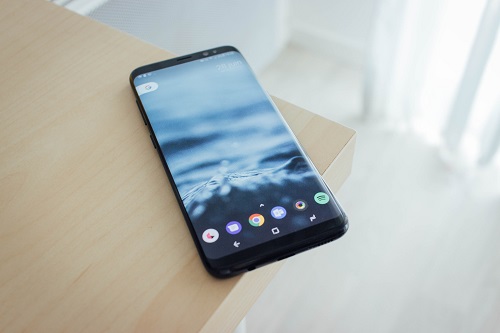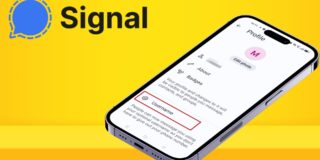How to Enable the Samsung Galaxy S10 Notification Light

It’s not unheard of for device manufacturers to take away a popular feature when releasing a new model. In the case of the new S10 phone, Samsung did away with the LED notification light.
However, that’s only because Samsung replaced it with a new feature known as Edge Lighting. Without further ado, take a look at how you can turn on Edge Lighting and customize it to suit your needs.
Enabling Edge Lighting on Samsung S10
Edge Lighting is a neat feature that allows you to see when you’ve received notifications. The edge of the Samsung S10 will light up if it’s faced down, and notifications will no longer pile up at the top of your screen. To enable Edge Lighting on Samsung S10, this is what you need to do:
- Swipe down to open the Navigation Panel and look for Settings (gear icon).
- Tap on the icon and click on Display.
- Scroll down and tap Edge Screen.
- You’ll see two different options: Edge panel and Edge Lighting. Tap on Edge Lighting.
- When you open it, toggle the blue button so that it’s turned on.
Having turned on Edge Lighting, you can now customize the function to your needs.

Show Edge Lighting
The first option you’ll see is Show Edge Lighting. Here you can choose when you want the light to appear on your screen. Once you click on it, you’ll see three options. You can select between While screen is on, While screen is off, and Always.
For the first option, you’ll get a notification in the upper corner of your screen but only when your phone isn’t locked.
The second option may not work with certain apps. For example, you might not get a notification for WhatsApp or Messenger. Finally, if it’s set to Always, an app’s notifications will show up even when the cellphone is locked, provided that the app in question is supported.
Edge Lighting Style
After selecting when to receive notifications, you can customize the light. You’ll find a couple of options under Edge Lighting Style. The first one, Effect, lets you choose the way you want the light to appear. It can be waves, bubbles, or glitter. Try them out and see which you prefer.
Beyond that, you can customize the color. Once you tap on Color, you’ll see the available options. Click on the spindle wheel and you’ll be able to choose different shades of a color. But that’s not all. If you hit Custom color, you can set the color for each app individually.
The Samsung S10 lets you type in an app and select whether you want the notification to be blue, red, yellow, etc. Moreover, you can also associate specific words with a custom color. Whenever someone sends you those words, they’ll show up in the chosen color.
The third function, Transparency, allows you to set the transparency of the color. In general, you shouldn’t set it to high or the notification color will be barely visible. Conversely, setting it to low will allow you to see the colors better.
As for Width, this lets you choose how wide you want the border to be. It’s better to set it to wide to see it more clearly.
The last function allows you to decide the duration of your notifications. If you set it to short, notifications will appear only for a few seconds. But if you toggle it to long, you’re more likely to notice a notification even when you aren’t looking at your cellphone. Once you’ve customized everything to your liking, tap Done.
Edge Lighting Interaction
Under Edge Lighting, you’ll see another option that lets you interact with notifications. If you turn on this function, you’ll be able to perform many operations. All of them are listed below the On button.
Manage Notifications
Under Manage Notifications, you can select all the apps that you want to receive notifications for. Keep in mind that not all apps support Edge Lighting. That may change in the future but for now, you can’t do anything about it.
Downloading Edge Lighting Plus on Samsung S10
Although you can customize Edge Lighting by the effect, color, duration, and transparency, it’s possible to customize it further. Samsung has released an app that improves the built-in Edge Lighting function. You have to download Edge Lighting Plus, which is an extension of Samsung’s Good Lock app. Once you do that and open the app, it will automatically take you to Edge Lighting. This app gives you more customization options, which you’ll see as you open each of the functions.
Customizing Edge Lighting on Samsung S10
As you can see, although the Samsung S10 doesn’t use the LED notification light anymore, there’s an improved function called Edge Lighting. Furthermore, you can customize it to your heart’s content. Choose the color of the light, the duration, and the transparency of the effect. What’s more, you can customize it for each of your apps individually.
What about you? Have you tried out this function yet? Do you prefer the old LED notification light or Edge Lighting? Let us know in the comments section below.

















2 thoughts on “How to Enable the Samsung Galaxy S10 Notification Light”
The main function for the old Led notification is that you could see if you had any notifications or messages, even when they arrived few hours ago. This Edge Lightning only blinks 1 time and thats it, so after you go pee you still don’t know if you have notifications without unlocking your phone.
How can you call this a replacement. Just bring back the led notification Samsung instead of this crap!